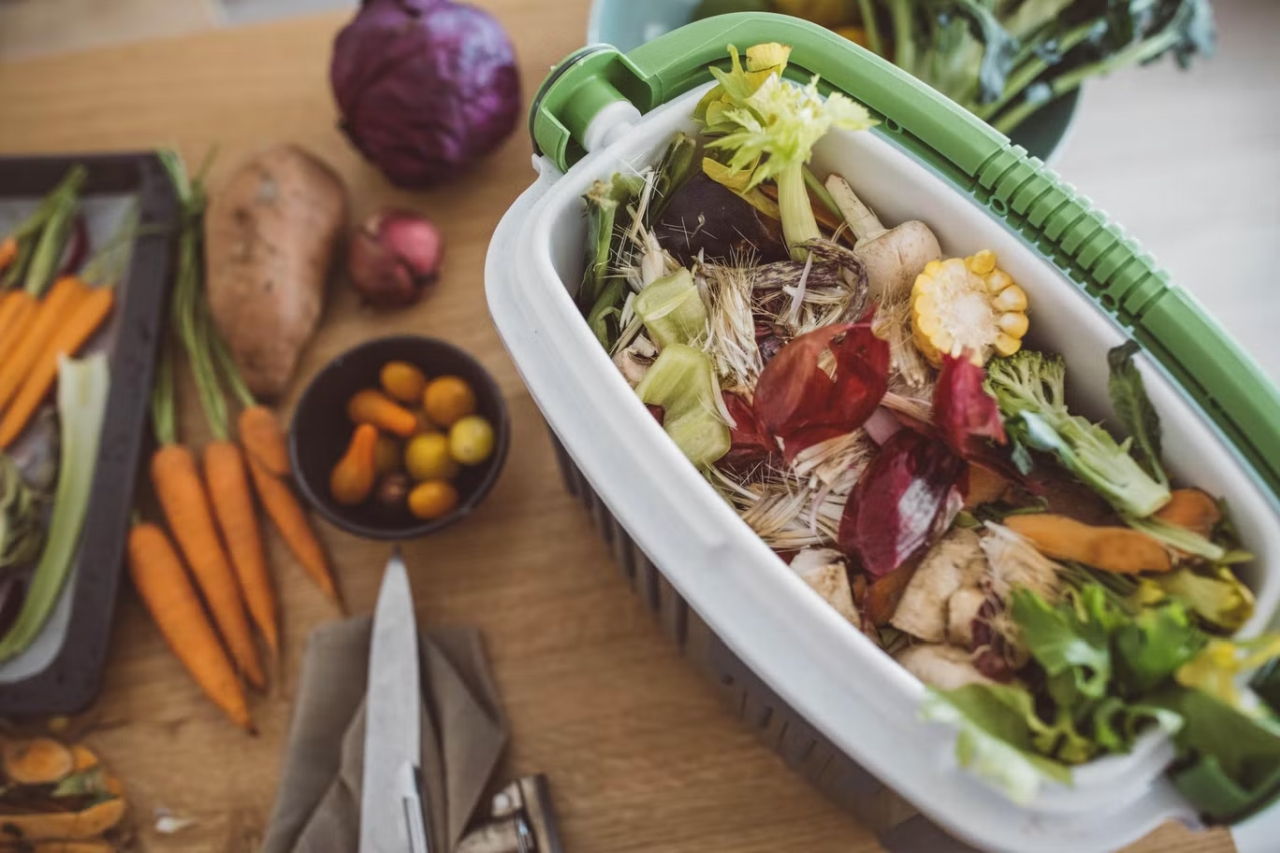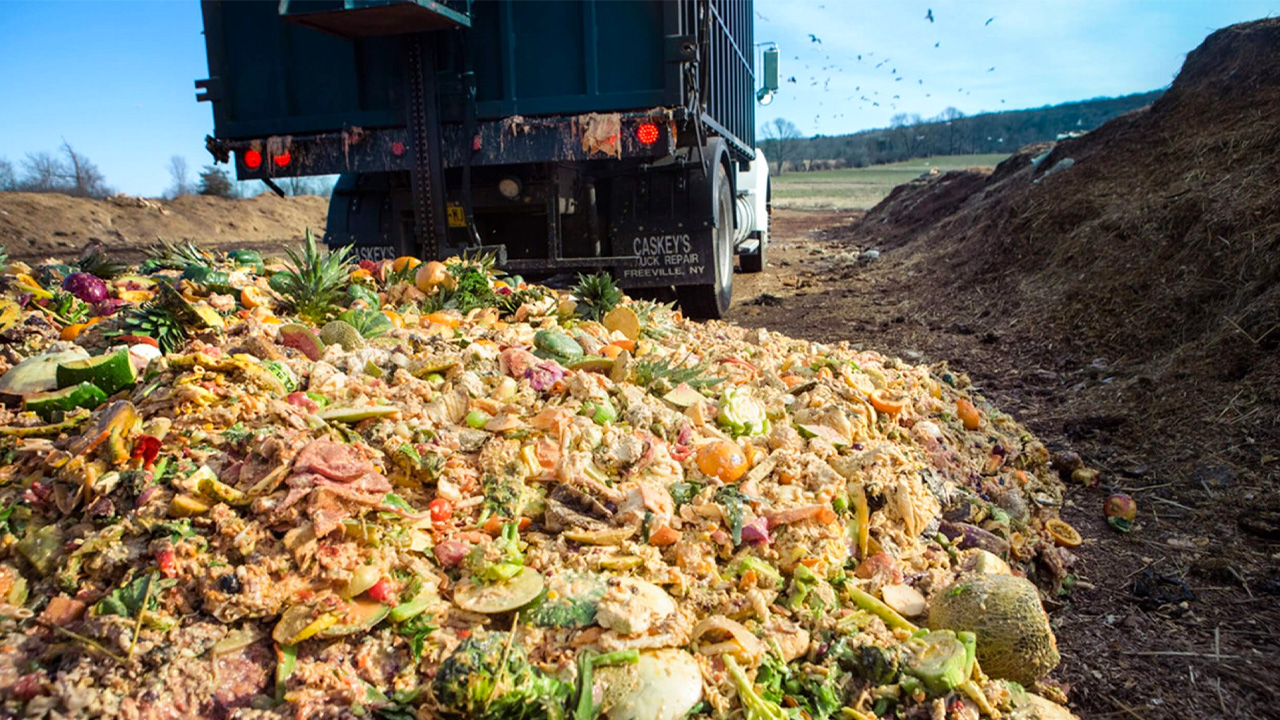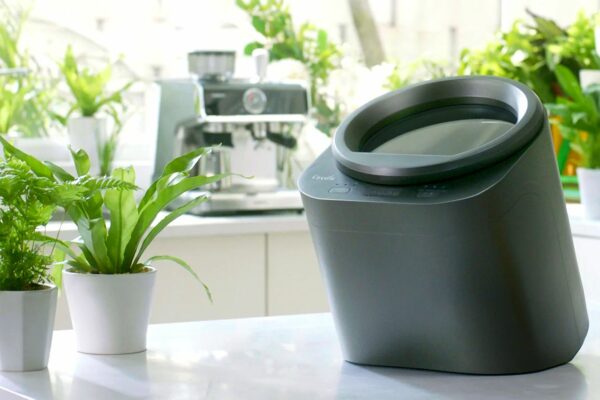How to Recycle Kitchen Waste at Home
Wait... Don’t just throw away food scraps, recycle them!

Image: Independent
You know I was once just like that, tossing the kitchen waste directly in the dustbin. I didn’t know what else could the onion and potato peels do for me, so they were discarded. Then I learned a couple of things. Writing about environment helped me change that perspective. Almost all kitchen waste can be used in some way so that it won’t end up in the landfill, generating tons of greenhouse gas emissions.
Let’s talk about those alternatives, so you can change your outlook and the practices in the kitchen. And I promise you, you won’t regret it. Read on to know how to recycle kitchen waste at home.
What constitutes kitchen waste?
Before we talk about tackling kitchen waste, it is important to understand what exactly it is. It is any kind of waste produced during the kitchen activities such as vegetable peelings, cheese rinds, fruit rinds, and scraps from other people’s plates.
Also Read: Upcycled Food is The Coolest Trend to Reduce Food Waste
There are two efficient ways to recycle your kitchen waste. You can reuse some of it and compost the rest. There is a manner to reuse almost everything your kitchen produces as waste from peels to stems and shells. Food and other kitchen waste can be recycled pretty easily just like plastic or aluminum and it can be done right in your own home without much fuss.
Composting is the main way to recycle food waste and return some of the nutrition back to earth. Some things that you might consider waste can be reused in making new things in the kitchen itself before they can be composted. Read on to know how to recycle kitchen waste at home.
Why Recycle Kitchen Waste at Home?
It so happens that you are not able to utilize all the food you have purchased. Sometimes it is spoiled, decayed or otherwise damaged or ruined before you get a chance to eat it or sometimes you just can’t finish everything on your plate.

Image: Robert Barker/Cornell University
All of this can be recycled, but why it needs to be? Kitchen waste is often produced when people have thoughtless shopping habits, disordered storage practices, wasteful meal planning, shortsighted preparation plans and a general lack of attention.
Also Read: Wastelink Eliminating Food Waste by Turning it Into Nutritional Animal Feed
The world is facing a food crisis and yet at least one-third of all the food we produce goes to waste, globally. In developed countries, about 40 percent of food bought ends up being thrown out, all of which could be recycled and prevented from releasing dangerous amounts of methane during the rotting.
It is important to recycle kitchen waste to ensure that you do your part to reduce the effects of climate change and global warming. Small recycling habits at home are encouraged as they can drastically reduce the amount of garbage and also save you money on fertilizer and compost.
One important thing to note: Recycling food waste does not exactly reduce food waste. But it can help you return valuable nutrients back to the soil before they are lost.
How to Recycle Kitchen Waste at Home?
There are two sure-shot ways to recycle kitchen waste at home. One is composting waste produce, grains, any leftover food, paper towels, and coffee grounds. The other one is to make new things from discarded eatables.
Compost Food Scraps
You can put your food scraps to good use through composting. This way you can use scraps and other organic materials to make natural fertilizer to enrich the garden soil. Moreover, it will decrease the amount of landfill waste and also reduce the amount of methane released into the atmosphere. You can purchase your own compost bin or build one at home to process the food waste and make your soil richer.
Put in your green waste such as fruits, vegetables, weeds, eggshells and coffee grounds, and brown waste such as dry leaves, cardboard and newspaper. These materials mix and decompose to offer organic manure. You can get involved in local composting initiatives if you do not think you’d be able to compost your kitchen waste on your own.
Make New Food
As you may or may not know that you can use your leftover food to make more food. For instance, leftover bread crusts can be baked to make croutons to go in soups, salads or crumbs for casserole toppings. Or you can utilize apple peels and core, strawberry tops and apricot peels to whip up some jam.
You can combine leftover carrot peels, potato skins, celery tops, pea shells and onion skins to make vegetable broth or stock. This stock can be used in making nourishing soups and sauces.
Steps to Recycle Kitchen Waste at Home
- Separate your edible kitchen waste in a container. You can put vegetable and fruit peels along with small amounts of discarded cooked food
- Collect dry organic matter such as dried leaves and sawdust in a small pot
- Take a big pot or bucket. Drill a handful of holes around the container at different levels to let air inside
- Put a layer of soil at the bottom of the container
- Add the food waste in alternating layers of wet waste with dry waste, meaning put food scraps, vegetable and fruit peels with straw, sawdust and dried leaves
- Cover up the container with a plastic sheet or a wood plank to help prevent loss of moisture or heat


